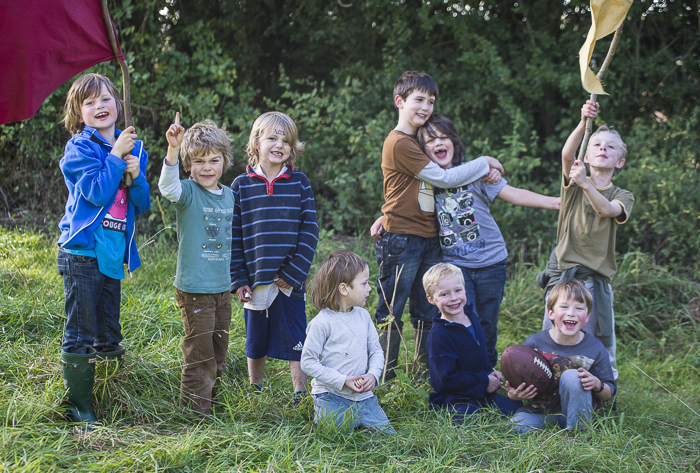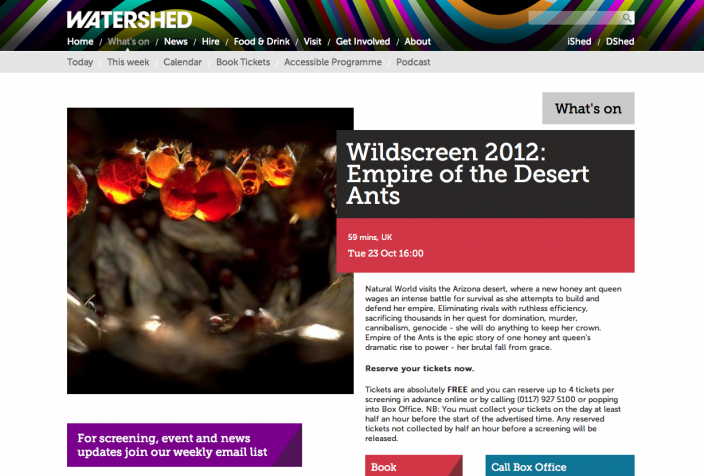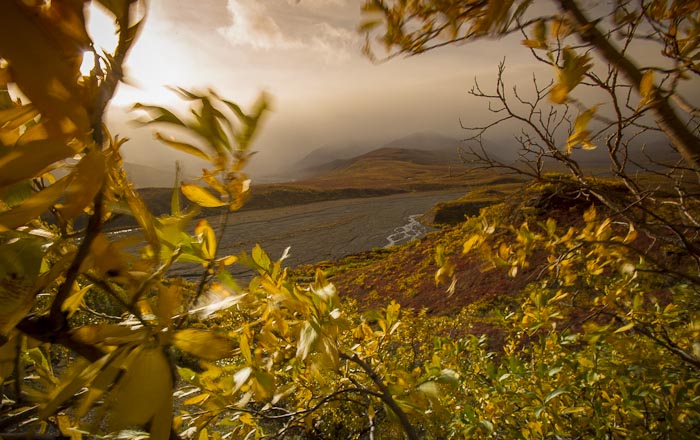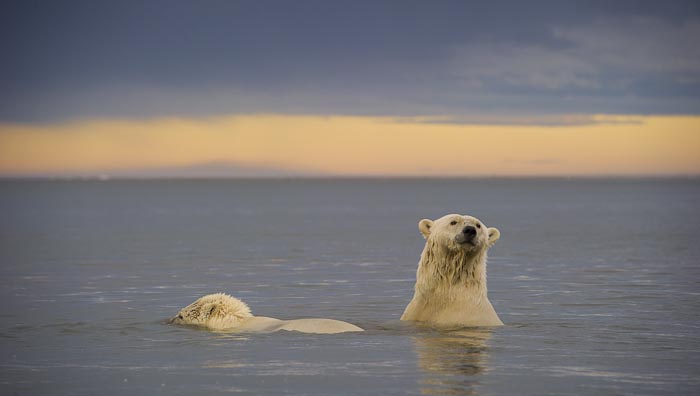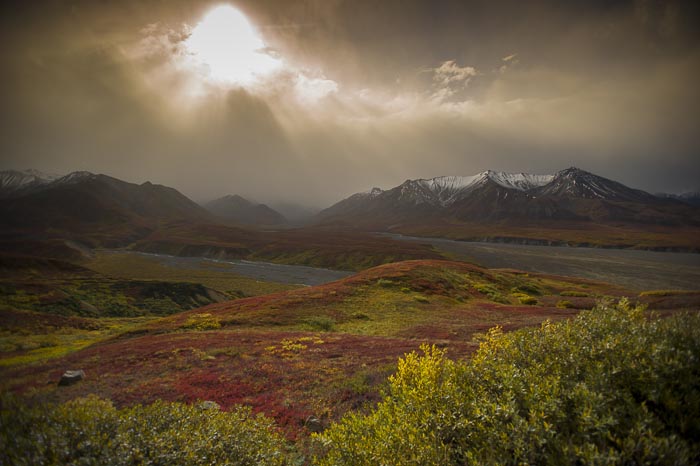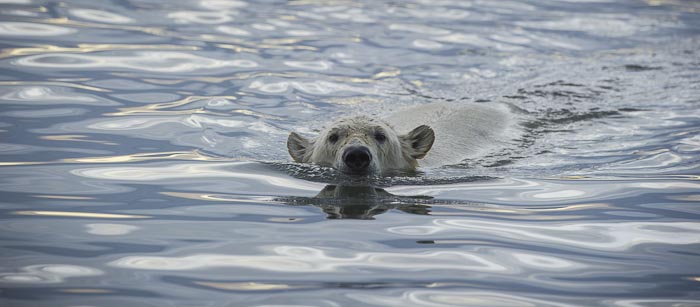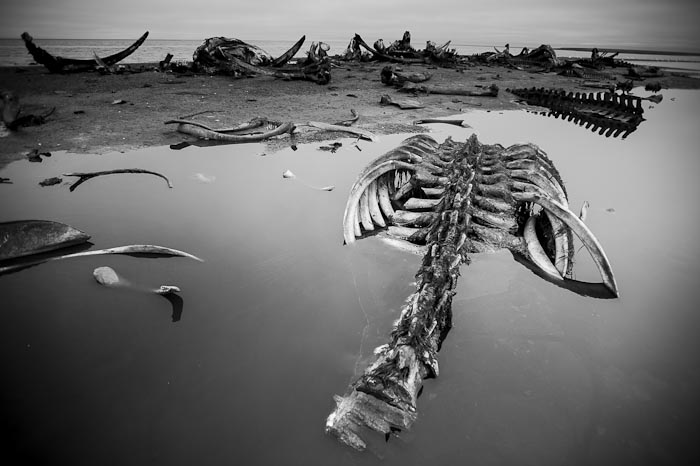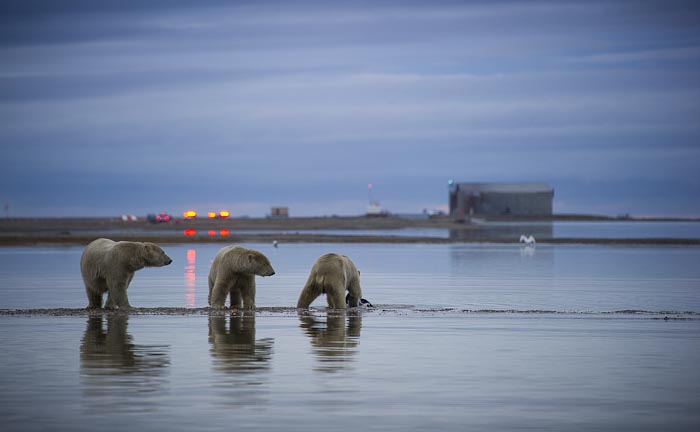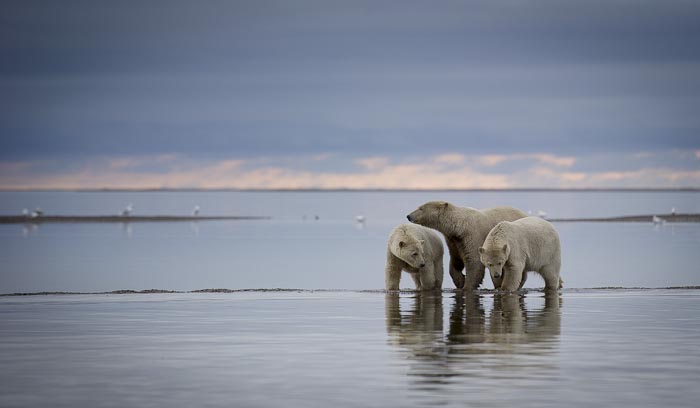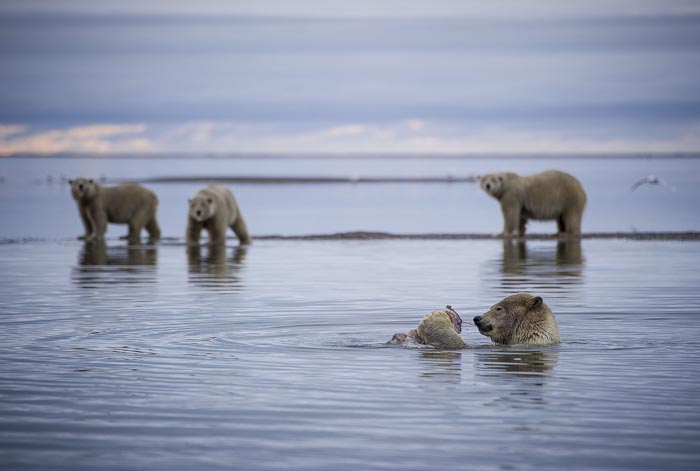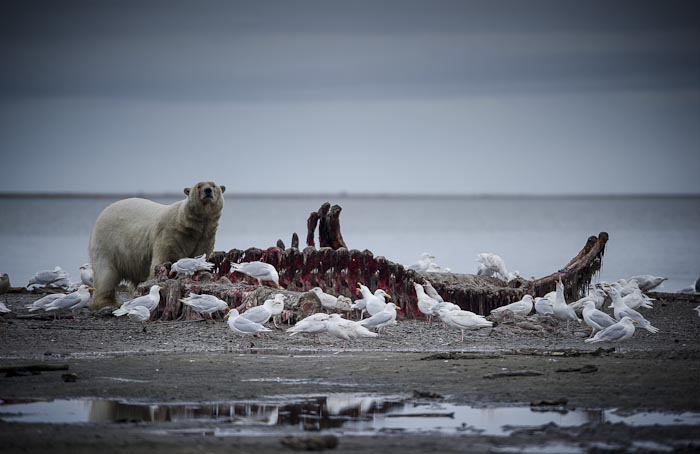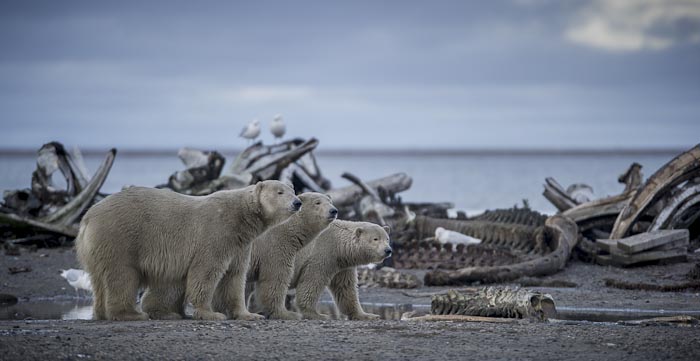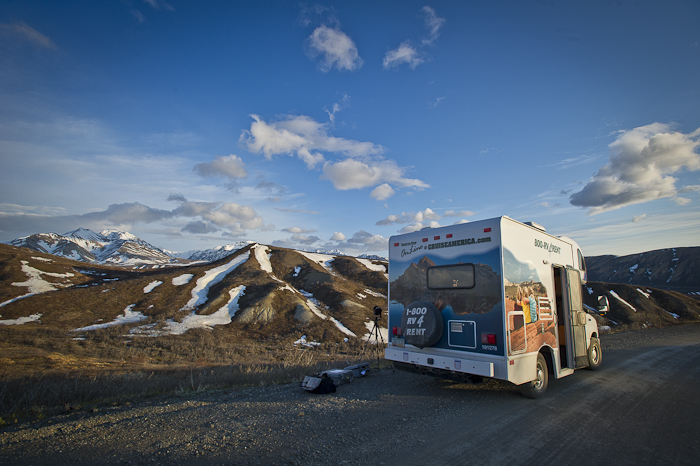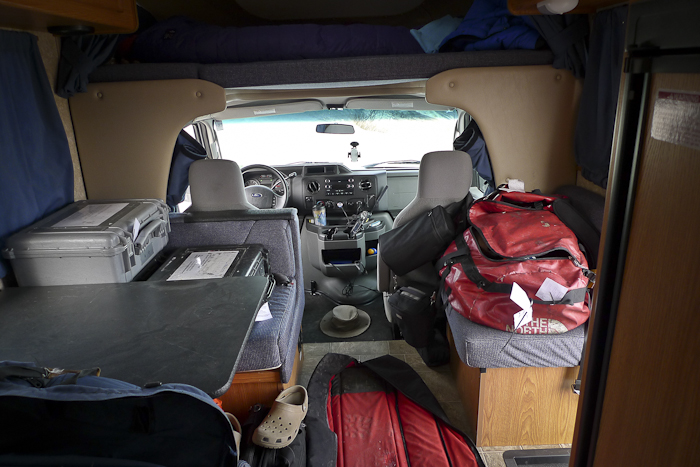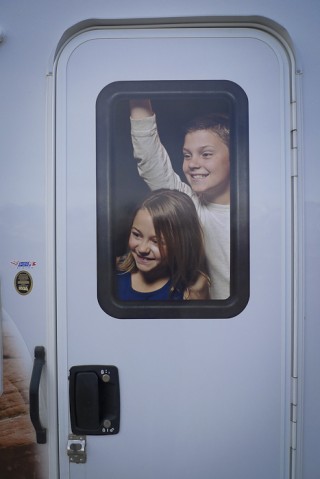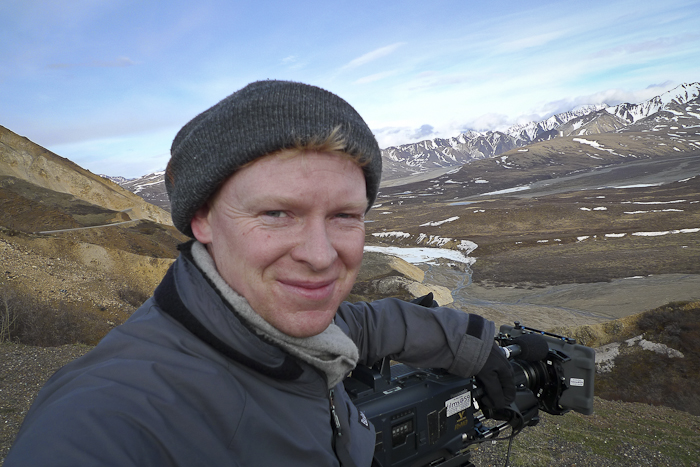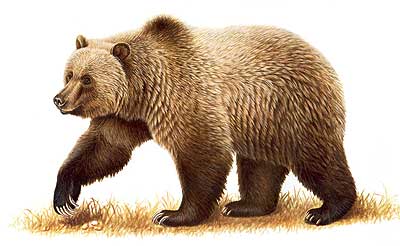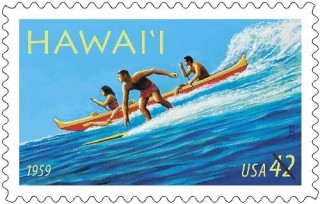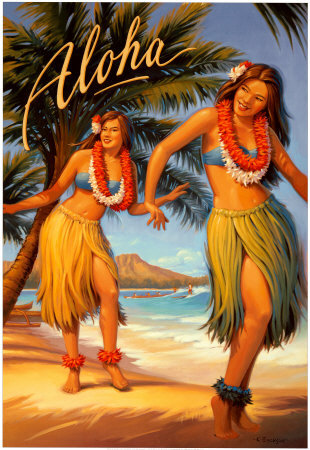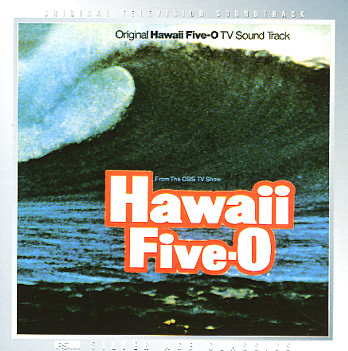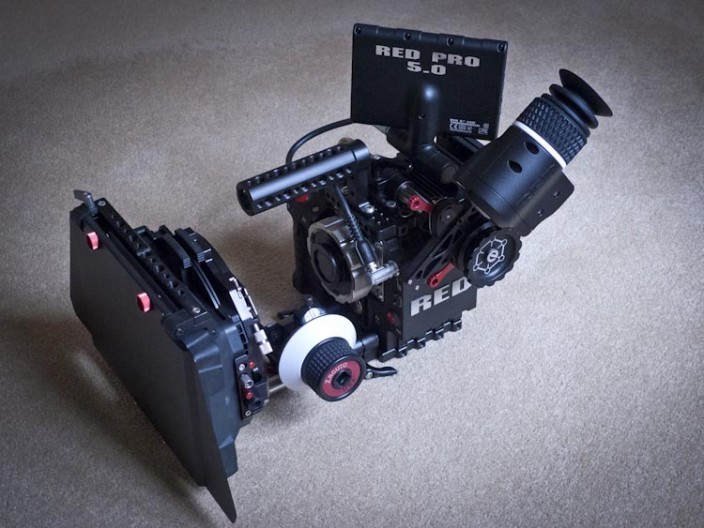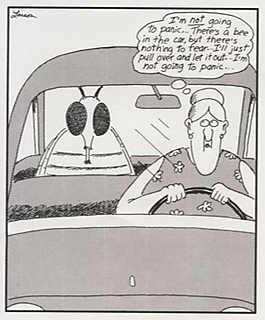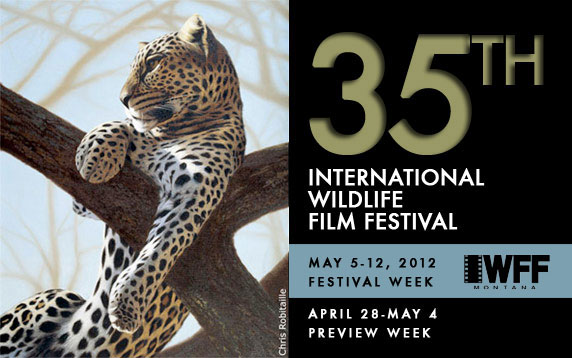After the best part of 9 weeks away from home I’m finally back, and we’re all very much due a holiday.
We had a fantastic four weeks in Zambia with the Wild Dogs, they have always been one of my favourite species and to get to spend such a long period of time with them was really wonderful. We stayed at the Liuwa Plains National Park and were supported by the fantastic team at African Parks – Liuwa Plains NP is vast and beautiful – a real undiscovered gem. Our aim was to try to tell the story of the social organisation within a pack of Wild Dogs and to film them hunting and caring for their litter of 12 pups which were a couple of months old when we arrived.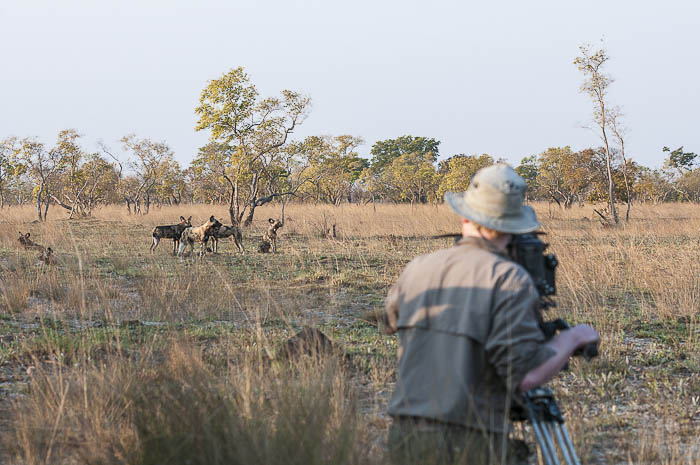
At first it looked like it was going to be ultra challenging; the dogs weren’t particularly habituated, the den site was in thick bush, and the terrain – although flat and open – was largely covered in 4ft tall grass and was sufficiently bumpy to really restrict how well we could keep up with the dogs when they went out hunting.
Slowly things began to fall into place, the first stroke of luck was that the dogs moved their den after a couple of days to a small corpse of trees which, although not ideal in terms of seeing the pups, at least allowed us to monitor the dog’s movements better.
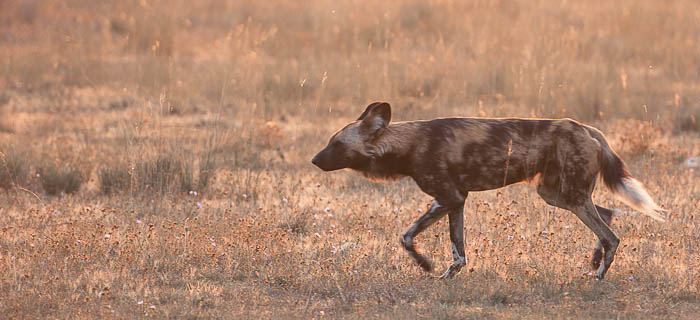
The dogs slowly got used to us, I could get out of the Land Cruiser and film from the ground as long as I stayed next to the car – any movement away from the vehicle tended to result in rather ominous growling – but at least I had a stable grounding for the tripod. Seeing the pups was always difficult, they would often have a prolonged play session about 30 minutes before sunrise, and a couple of times came right up to the vehicle and perform all sorts of adorable puppy antics, but as it got light enough to film they tended to retreat into the cover of the den site. We managed to place a remote camera next to the den and Alex got some great stuff of them messing around, although the combined smears from 12 snotty pup noses didn’t to much for the image quality.

The really big challenge was to film a hunt – a few years ago Planet Earth had spent 8 weeks with three camera teams and a helicopter but hadn’t succeeded. Our hopes were high when we saw a spectacular hunt on the first day when we’d gone out for a quick recce drive, but as the days dragged on and we didn’t see any indication that the dogs were interested in anything other than catching the odd bunny and lounging around at the den all day we began to get rather worried.
If there’s one thing Wild Dogs are famous for it’s their incredibly co-ordinated and ruthless hunting skills – I’d read that 80% of Wild Dog hunts end in a kill – so we guessed that it was only a matter of time before we’d get a change to film them doing something rather special. The problem was that we could average about 15mph in out truck (and that speed was often so bumpy that the camera equipment was rattling its-self to bits), but the dogs – when they really pin their ears back, can probably run at close to 50mph. So that when we did start to see hunts happen the dogs, and their prey, would be dots on the horizon within seconds and we’d be rumbling and crashing after them at not much more than walking speed.
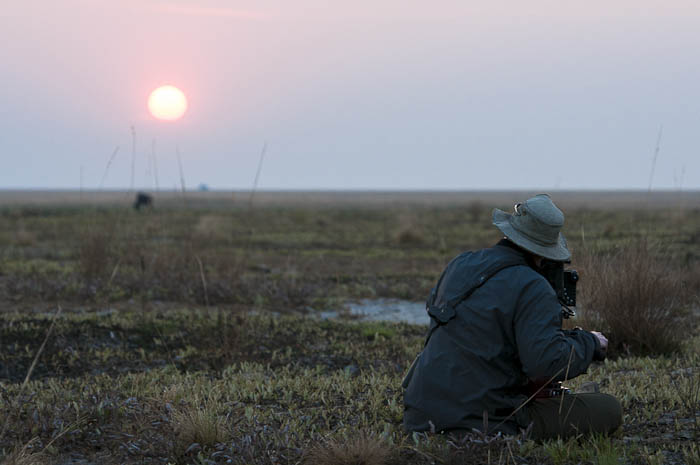
Eventually we got better at second guessing what the dogs were after, we realised that the only way to get good coverage of the hunt was to gamble that the tiny dot on the horizon was a wildebeest, and that was what the dogs were heading towards and then we’d try to get to the other side of the wildebeest before the dogs spooked it. Sometimes it worked, but often the dogs would get distracted by a rabbit or a small antelope and charge off in all directions and we’d be left trying to find them again in the long grass and the whole process would start again. It also proved tricky guessing what might appeal to the dogs – lone wildebeest seemed most likely – but every now and again they would ignore something that looked perfectly achievable to us and go steaming off to chase a herd of 50 zebra with which they had no chance.
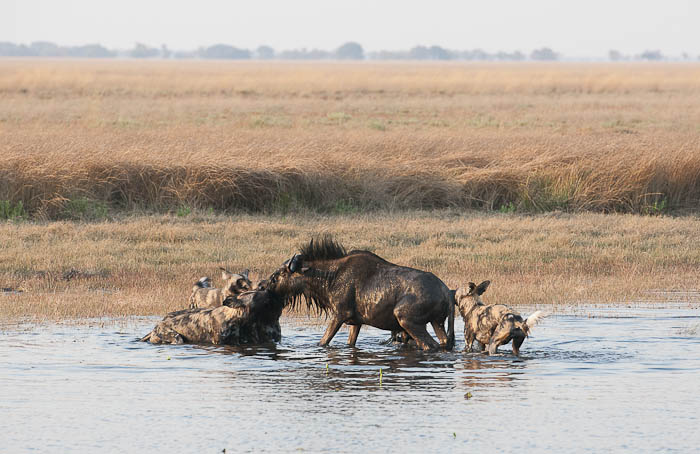
In the end we filmed 4 or 5 kills and some pretty spectacular near-misses, the chases were always dramatic, the sheer speed of the dogs is really impressive and to witness how they nip and hassle prey much larger than themselves is incredible to see, but when they have finally bought down their pray it all gets a bit grim, I have new-found respect for wildebeest who never seemed to know when they are beaten, even when dogs had removed most of their organs – I don’t think we’ll be able to broadcast much of that stuff.
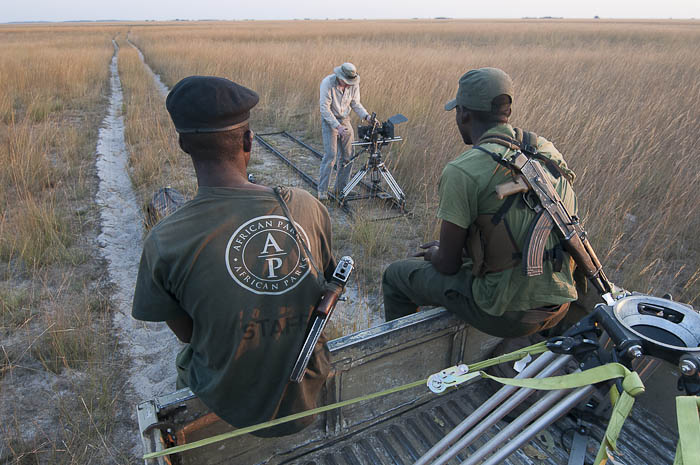
Dennis & Steve - tooled up
The days were pretty long, up at 4.30, out to the field at 5.30 – we’d usually manage a siesta in the middle of the day (the dogs always did!) and then back home by 7 in the evening. We never knew what would happen from day to day, sometimes it was so obvious that the dogs were in a ‘lighter’ mood, they wouldn’t be particularly organised in the field and would be content with catching a couple of bunnies. But on those days when all 8 of the adults would go out you knew they would probably kill something big, and that moment when they change their gait from a jaunty bouncing run and all fall in to a menacing single file with their ears flat to their heads you knew they meant business – they would change from Grommet to the Hound of the Baskervilles in a couple of paces.
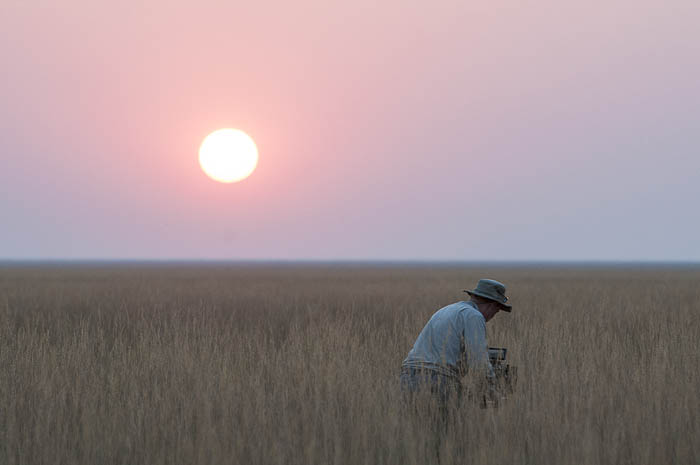
Can you see the dogs? ... neither can I
I’m not sure I’d say our pack had an 80% success rate – probably more like 50% – but they where a pretty awesome unit when they got it together, they certainly kept us guessing.
It was a great team, Alex Lanchester from the Survival production team was fantastic – as good a companion in the field as you could ever have, and Dennis and Steve, the African Parks guides who tracked the dogs and stopped us getting eaten by lions, were brilliant.
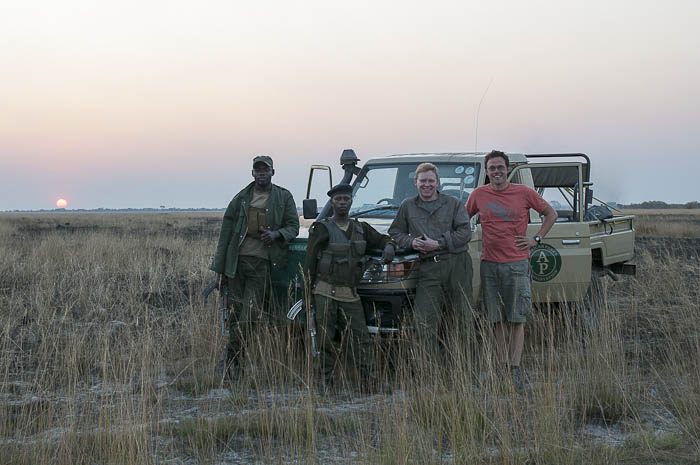
The last day of filming - 2 minutes later the dogs killed another wildebeest
It really was a great trip – I was 40 on our last day of filming, and the whole shoot felt like a bit of a birthday present.
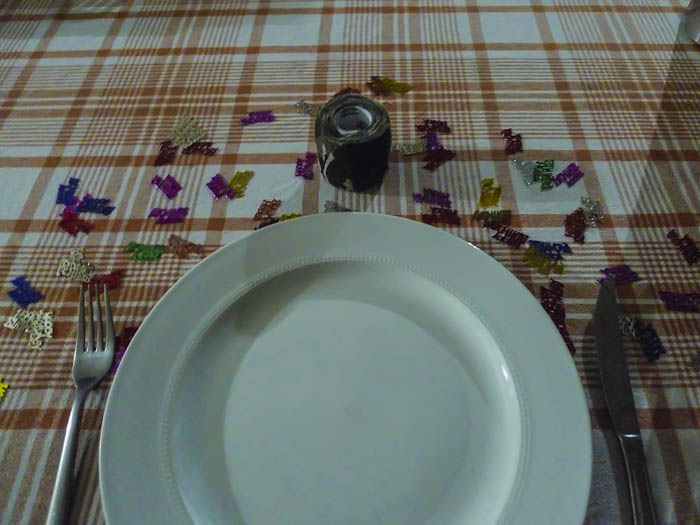
My 40th birthday morning - camo tape from Alex, just what I always wanted
On a totally unrelated topic I found this beautiful 1957 Gibson ES175 on E-bay a few weeks ago – a model of guitar I’ve been in love with for a long time, and this is from the golden age of Gibson archtops. Someone has removed all the hard wear (probably because the pickups would have been from the legendary ‘Patent Applied For’ era and worth a fortune) and the guitar was being sold as wood-only. It’s in great condition for a 55 year old instrument so now I have a project on my hands to restore it to its former glory.
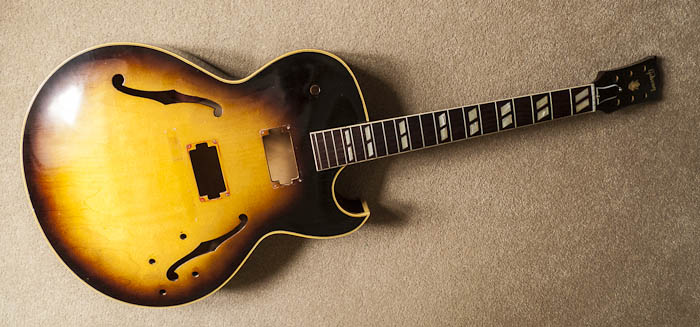
Many thanks to Alex for the great photographs.
